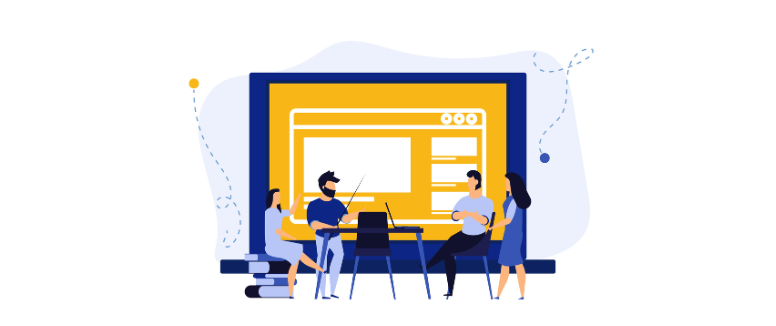
Modern Learning: Merging Classic Teaching with LMS Tools
In today’s rapidly evolving educational landscape, blended learning has emerged as a powerful approach that combines the best of both traditional and digital methodologies. By integrating an LMS with face-to-face instruction, educators can create a dynamic eLearning environment that caters to diverse learning styles and needs. This fusion not only enhances learner engagement but also offers flexibility, allowing learners to access materials at their own pace while benefiting from in-person interactions. In this blog, we’ll explore effective strategies for implementing blended learning using an LMS, ensuring a seamless and enriching educational experience for all participants.
Benefits of Blended Learning
Blending traditional classroom experiences with digital tools offers numerous advantages. One key benefit is the ability to personalize learning. With an LMS, educators can tailor content to fit the individual needs of learners, providing additional resources or challenges as needed. This customization helps keep learners motivated and engaged, as they can learn at their own pace and focus on areas that require more attention.
Enhancing Engagement and Interaction
An LMS supports interactive elements, such as quizzes, discussion forums, and multimedia content, which can be integrated into the curriculum to boost engagement. These tools encourage active participation, fostering a collaborative learning environment. Learners can engage in discussions and share insights both online and during in-person sessions, bridging the gap between physical and virtual classrooms.
Flexibility and Accessibility
Blended learning offers unparalleled flexibility, enabling learners to access materials anytime, anywhere. This accessibility is especially beneficial for adult learners or those with hectic schedules, as it allows them to balance their educational pursuits with personal and professional responsibilities. The ability to revisit recorded lectures or revisit course materials amplifies the learning experience, ensuring comprehensive understanding.
Implementing Blended Learning with LMS
Successfully implementing blended learning requires thoughtful planning and execution. Educators should start by determining clear objectives, selecting appropriate content, and aligning online and offline activities. Regular feedback and assessment through the LMS help track progress and identify areas for improvement.
Utilizing the LMS analytics can provide valuable insights into learner behavior and performance, allowing educators to refine their approach and enhance curriculum effectiveness. As this digital and in-person synergy continues to evolve, it promises to revolutionize education, making learning more accessible, engaging, and impactful.
Blended learning, supported by a robust LMS, offers a transformative approach to education, merging the best of digital and traditional methods. By fostering personalized learning experiences, enhancing engagement through interactive tools, and providing flexibility for learners, this model addresses the diverse needs of today’s learners. As educational landscapes continue to evolve, embracing blended learning is not just an option but a necessity for institutions aiming to equip learners with the skills required for the future. By thoughtfully implementing these strategies, educators can create a more inclusive, effective, and adaptable learning environment that empowers every learner to succeed.

.svg)









Leave a Reply